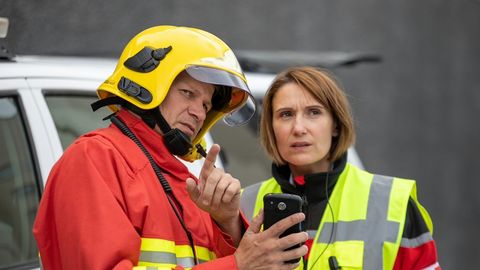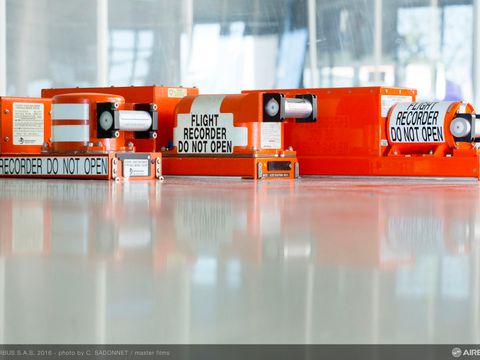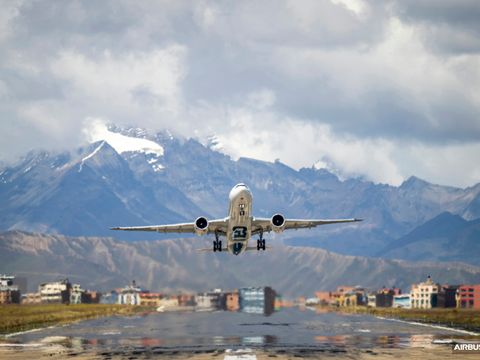From your phone to your power bank, lithium batteries are everywhere. But when it comes to air travel, understanding lithium battery regulations is crucial for flying safely. This article will demystify lithium battery* flight safety, explain why lithium ion battery fires are a concern on planes if mishandled, and show you how to ensure a smooth journey. Safety is everyone’s business, it starts with the crew and us as the passenger has a role as well.
Understanding the risk: why are lithium ion battery fires a concern?
Lithium batteries are valued for their high energy density and lightweight benefits, making them ideal for portable devices. However, this high energy density also presents a unique risk: thermal runaway. This phenomenon occurs when a battery overheats uncontrollably, leading to smoke, extreme heat, and fire. In the confined environment of an aircraft cabin or cargo hold, lithium battery fires pose unique challenges and significant in-flight risks if not properly handled.
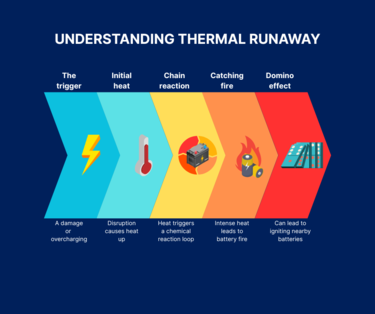
Lithium ion batteries on aircraft: carry-on vs. checked baggage rules
Can you take lithium batteries on a plane? Yes, but how you pack them is key. Your airline will provide you with detailed information on the regulations, which equipment to be stored in the checked baggage, what needs to be in the cabin baggage and which kind of electronic device is banned because of safety concerns.
Knowing your limits: Watt-hours ratings for your lithium ion batteries on flight
Understanding the Watt-hour (Wh) rating is crucial for air travel with lithium ion batteries. The Wh rating indicates the battery's capacity. There are regulations in place which are communicated by your respective airline, aviation authorities or security authorities like e.g. the Transportation Security Administration (TSA).
You can usually find the Wh rating printed on your lithium battery itself.
What to do: Responding to a lithium ion battery incident on board
Immediate action is vital if you notice a device overheating, smoking, or sparking: immediately alert the flight crew. Flight attendants are specifically trained in procedures for lithium battery fires, which includes specialised containment methods. It is crucial never to try and conceal an issue, as crew intervention is vital for safety. The crew is following drills in regular intervals but of course the support of you as a passenger is key.
Industry and regulatory efforts: Ensuring lithium ion battery airplane safety
Ensuring lithium battery airplane safety is a global effort, supported by comprehensive regulations and continuous advancements.
- Global standards: Organisations such as the International Air Transport Association (IATA), the Federal Aviation Administration (FAA) and the European Union Aviation Safety Agency (EASA) provide a consistent framework of lithium battery regulations.
- Testing and certification: Batteries undergo rigorous testing, like UN 38.3, to ensure they can withstand flight conditions.
- Crew preparedness: Airlines continuously train crews on lithium battery incidents on flights and equip aircraft with appropriate fire response tools.
- Continuous evolution: Regulations and procedures for lithium batteries on planes are constantly reviewed and updated based on new data and technology.
Your role in a safer journey
Safe air travel with lithium ion batteries hinges on understanding and following clear rules. Passengers play a crucial part in maintaining the high standards of aircraft battery safety. Always check your airline's specific policies before you fly, as lithium batteries airlines regulations can vary slightly.
*For ease of reading, this article uses both "lithium battery" and "lithium ion battery" to describe the two types of batteries found in common portable electronic devices.
Discover more safety news
Continue Reading
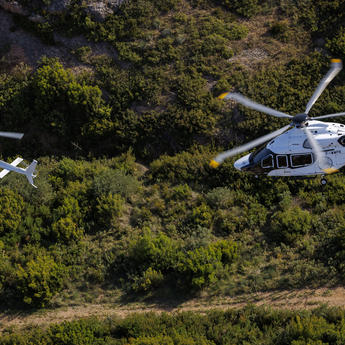
Creating a community of mentors to support the next generation of pilots
Web Story
Helicopters
Aerial film legend, Fred North, has created a new mentorship programme that aims to help young pilots benefit from the wisdom of more experienced peers.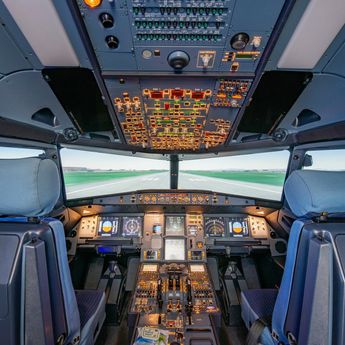
What is a Full Flight Simulator?
Web Story
Commercial Aircraft
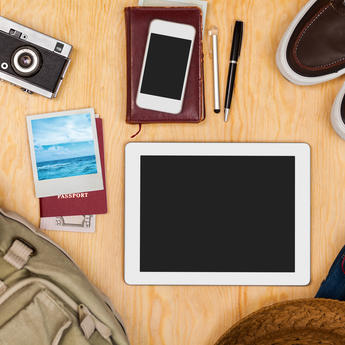
Flying with lithium ion batteries in passenger luggage
Web Story
Safety

Flight control system: more redundancy to enhance resilience
Web Story
Safety

Aviation safety trends show need for continued vigilance
Web Story
Safety

